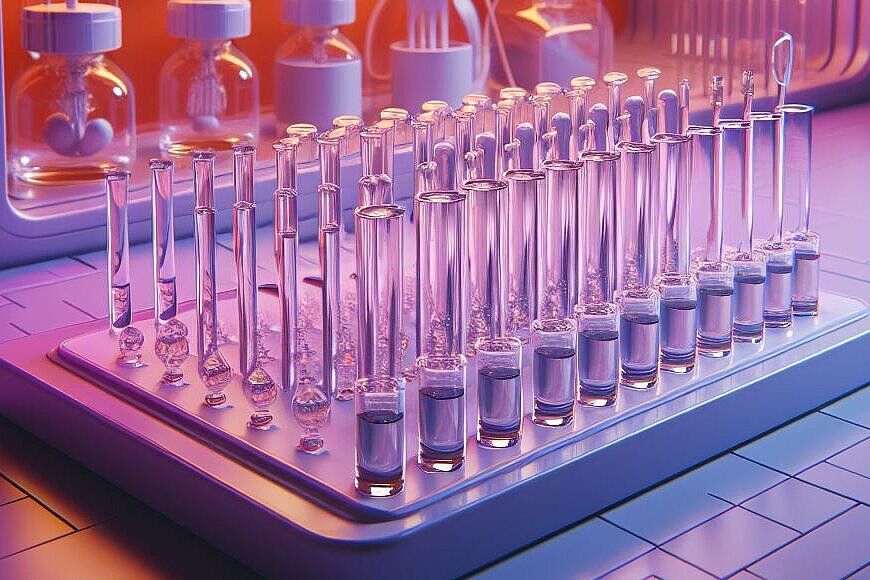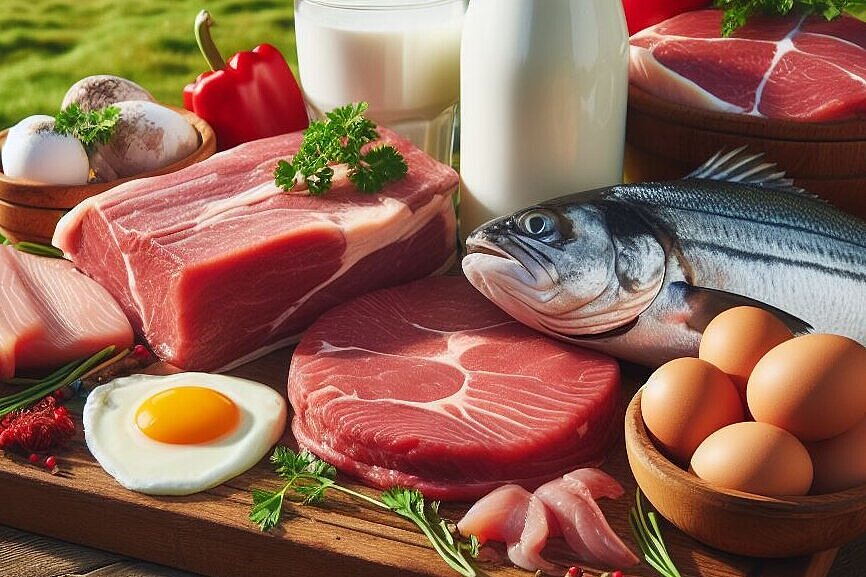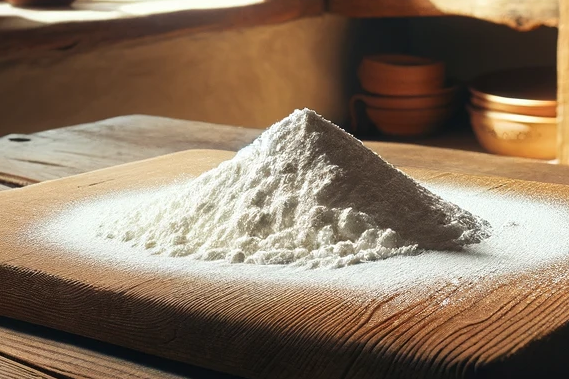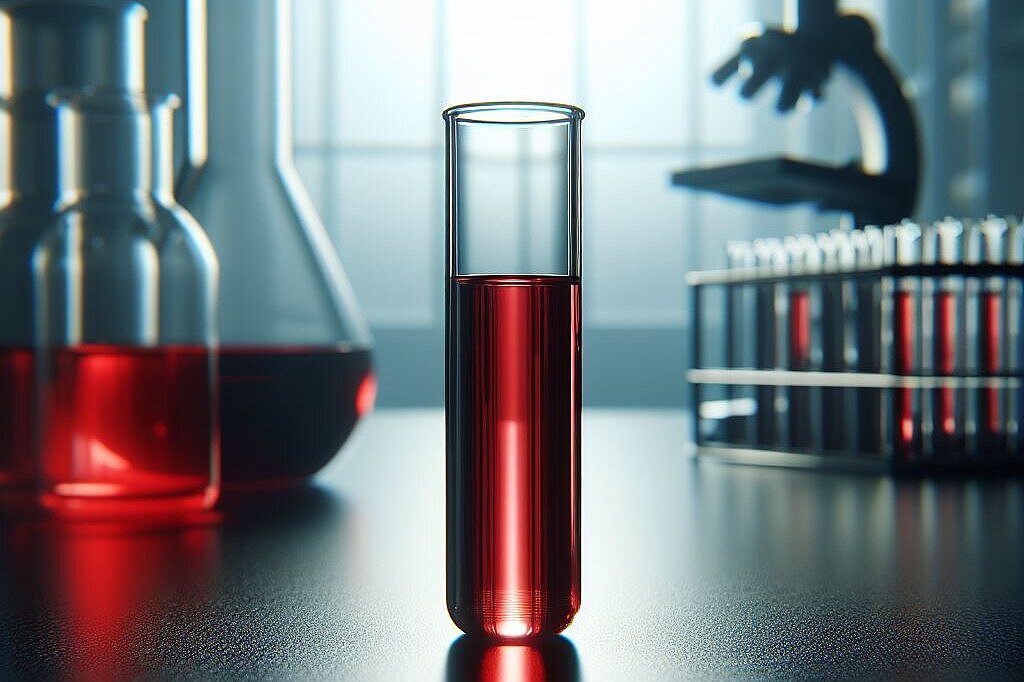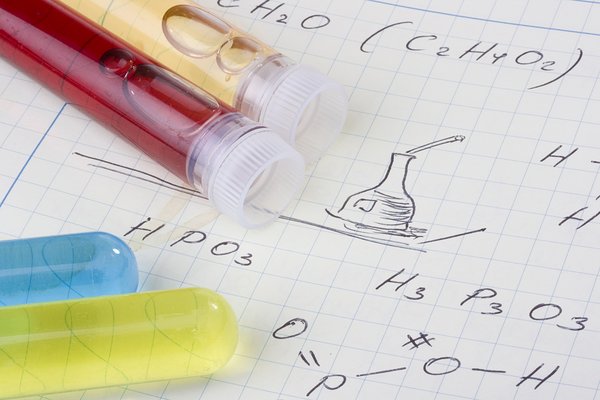Chemistry
When the term "chemical" is used to describe an ingredient in dog food, it can have different meanings and it is not always immediately clear what exactly is meant. Generally, the term "chemical" refers to chemical additives or artificially produced substances that may be added to the food for various reasons.
These chemical additives can be preservatives, colorants, flavor enhancers or other additives that are used to extend the shelf life, improve the appearance or taste of the food. Some of these chemical additives are safe for dogs, while others may be controversial or potentially harmful.
Chemistry
Liquid
can have effects on the nervous system
Feeding toxic
Highly toxic
Can cause cancer
1-propanol
Chemistry
Artificial additive
Liquid
Use in animal care
1,10-decanediol
Chemistry
Liquid
Compatibility unknown
1,2-Butanediol
Chemistry
Preservative
Use in animal care
Rich in water / moisture
1,2-hexanediol
Chemistry
Medicine
May have anti-inflammatory properties
Rich in antioxidants
Potential allergy trigger
1,2,4-Trihydroxybenzene
Chemistry
Biotechnology
Liquid
Compatibility unknown
1,3-Butanediol
Chemistry
Biotechnology
Preservative
Liquid
1,4-BUTANEDIOL
Chemistry
Aroma
Flavor enhancer
Liquid
Beneficial for nerve functions
Tolerated in small quantities
1,4-Cineole
Chemistry
Preservative
Artificial additive
Potential source of danger
Potential allergy trigger
2-ethylhexyl acrylate
Chemistry
Preservative
Use in animal care
2-propanol
Chemistry
Preservative
Potential source of danger
2,3-Butanediol
Chemistry
Poison control
May interact with medications
Feeding toxic
Potential source of danger
2,4-Dichlorophenoxyacetic acid
Chemistry
4-Hydroxybenzoic acid heptyl ester
Chemistry
Can influence the mood
Supports digestion
May interact with medications
Drug
Sleeping pills
Food supplements
Compatibility unknown
5-Hydroxytryptophan
Chemistry
Potential source of danger
Acetone
Chemistry
Acid Orange 6
Chemistry
Colorants
Artificial additive
Potential allergy trigger
Acid Red 1
Chemistry
Acid Yellow 9
Chemistry
Acrylic acid ester
Chemistry
Feeding toxic
Highly toxic
Potential source of danger
Acrylic acid propyl ester
Chemistry
Feeding toxic
Feeding not recommended
Highly toxic
Can cause cancer
Potential source of danger
Acrylonitrile
Chemistry
Beneficial for nerve functions
Important for cell health
Important for metabolic processes
Rich in energy
Adenosine monophosphate
Chemistry
Can support the immune system
Important for metabolic processes
Rich in amino acids
Safe feeding
Alanine
Common ingredient in dog food
Can improve the absorption of nutrients
Chemistry
Food
Can support muscle health
Can support skin and coat health
Rich in essential substances
Rich in proteins
Albumin powder
Common ingredient in dog food
Can improve the absorption of nutrients
Chemistry
Food
Can support muscle health
Can support skin and coat health
Rich in essential substances
Rich in proteins
Albumine
Chemistry
Hormone
can have effects on the nervous system
Can help regulate blood pressure
Important for the water and electrolyte balance
Aldosterone
Long lasting
Chemistry
Preservative
Stabilizer
Food
Gluten free
Suitable for vegan diets
Alginic acid
Chemistry
Feeding not recommended
Feeding toxic
Alkaloid
Chemistry
Colorants
Artificial additive
Feeding toxic
Feeding not recommended
Potential source of danger
Potential allergy trigger
Compatibility unknown
Allura red AC
Chemistry
Aroma
can have effects on the nervous system
Feeding toxic
Feeding not recommended
Allyl methyl trisulfide
May have antibacterial properties
Chemistry
Aroma
Can support the immune system
May have anti-inflammatory properties
Allyl sulfide
Chemistry
Gas
Liquid
Medicine
Feeding toxic
Potential source of danger
Ammonia



